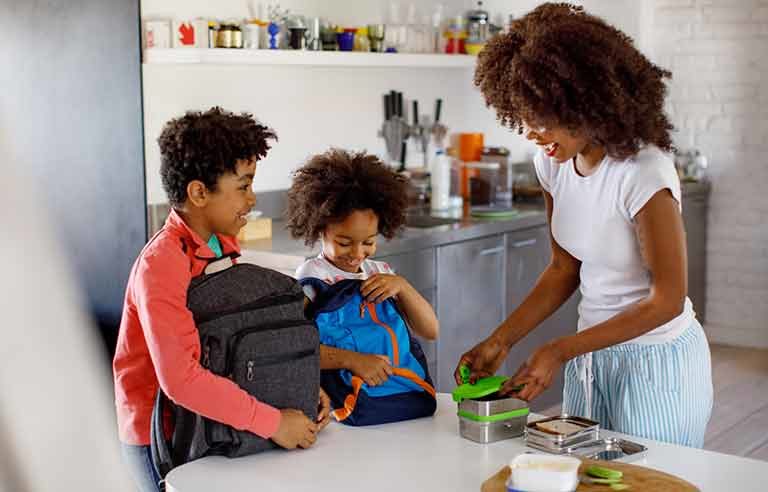USDA unpacks essentials of safe frozen food preparation

Washington — With the return to in-person learning leading to changes in many families’ schedules and routines, the U.S. Department of Agriculture has released reminders about the safe handling and heating of frozen foods.
The guidance is prompted by a recent study USDA conducted that found 76% of participants buy frozen, not-ready-to-eat chicken products to prepare at home for their children.
When it comes to preparing frozen foods, USDA says to:
- Check the package: “Not all frozen foods are fully cooked or ready-to-eat. It can be difficult to tell when foods are not-ready-to-eat when they have browned breading, grill marks or other signs that normally show that a product has been cooked.”
- Be aware that frozen food products may be labeled with phrases such as “cook and serve,” “ready to cook” and “oven ready” to indicate they must be cooked to proper internal temperatures for safe consumption.
- Use a food thermometer to make sure food has been cooked to a safe internal temperature. The USDA says all poultry and ready-to-eat frozen foods should be heated to 165° F. Cook ground meat to 160° F and beef, pork, lamb and veal to 145° F.
- Follow proper handwashing steps before, during and after food preparation to reduce the risk of transferring harmful bacteria from your hands to the food or other surfaces.
- Store food in the refrigerator within two hours of cooking or heating it.
If you’re packing frozen foods for your child’s lunch, make sure you fully cook or heat the food and then pack it with a cold source.
In a press release, Sandra Eskin, deputy undersecretary for food safety at the USDA, suggests getting kids involved to help reinforce the importance of proper frozen food preparation.
“Have them instruct you on proper cooking from the package label or make a game of watching the food thermometer reach the safe internal temperature on the package instructions,” Eskin said.
Post a comment to this article
Safety+Health welcomes comments that promote respectful dialogue. Please stay on topic. Comments that contain personal attacks, profanity or abusive language – or those aggressively promoting products or services – will be removed. We reserve the right to determine which comments violate our comment policy. (Anonymous comments are welcome; merely skip the “name” field in the comment box. An email address is required but will not be included with your comment.)
